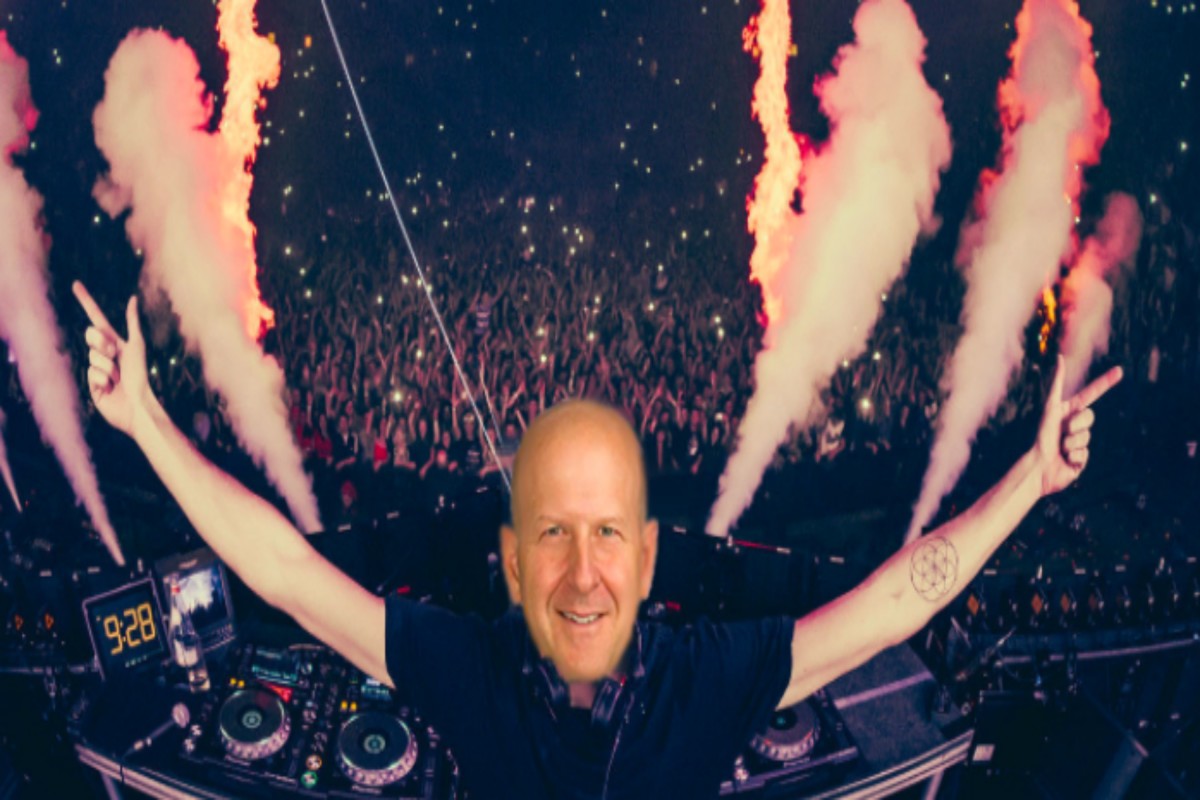At the U.S. Supreme Court (photo by David Lat).
As I predicted in these pages last month, President Donald Trump nominated Judge Amy Coney Barrett of the Seventh Circuit to replace Justice Ruth Bader Ginsburg on the Supreme Court. And as pretty much everyone predicted, her confirmation hearings went smoothly.
I agree with Adam Liptak of the New York Times, who described Barrett’s “deft” performance as follows: “Speaking without notes, she gave sure-footed accounts of Supreme Court precedents and then, almost without exception, declined to say whether the decisions were correct. Judge Barrett was patient, calm, a little stern and sometimes surprisingly terse when she spoke about the law, easily parrying most questions from the Democratic senators who tried to put her on the spot.”
My only real quibble: Barrett’s response to Senator Amy Klobuchar (D-Minn.) on whether voter intimidation is illegal under federal law. Barrett responded by saying, “I can’t characterize the facts in a hypothetical situation, and I can’t apply the law to a hypothetical set of facts” — but that wasn’t what Klobuchar was asking. The senator was just asking the nominee to describe the general state of the law, which SCOTUS nominees do all the time. So a better response would have been, “Senator, federal law — specifically, 18 U.S. Code § 594 — criminalizes voter intimidation. But as to what conduct constitutes voter intimidation, I can’t characterize the facts in a hypothetical situation.”
In any event, even if her performance was a 9 rather than a 10, Barrett will almost certainly get confirmed to the Supreme Court — most likely the week of October 26, right before Election Day. Replacing a staunch liberal like Ginsburg with a staunch conservative like Barrett — who, I predict, will fall to the left of Justices Clarence Thomas and Samuel Alito but to the right of everyone else on the Court — will have significant consequences for the development of American law.
I don’t believe, however, that having a Justice Barrett on the Supreme Court will be as cataclysmic for the left as some are predicting. When Justice Anthony M. Kennedy announced his retirement, I said that it would not mark “the end of the world” for liberals and progressives — and my prediction has so far turned out to be correct.
As I predicted, Chief Justice Roberts moved to the middle. And as I didn’t predict, Justice Neil Gorsuch has sided with the liberal members of the Court in some important cases, such as Bostock v. Clayton County, holding that Title VII’s protections apply to gay and transgender employees, and McGirt v. Oklahoma, holding that a sizable chunk of eastern Oklahoma remains an Indian reservation — both opinions that Gorsuch didn’t merely join, but actually wrote.
Of course, time will tell what effect replacing RBG with ACB will have on our national jurisprudence. For now, let’s focus on a much more immediate, far less consequential, and much easier to answer question: what will happen to Ginsburg’s law clerks?
As you’ll recall from the most recent Supreme Court clerk hiring roundup, Ginsburg had five clerks working for her at the time of her passing:
1. Jack Boeglin (Yale 2016/Srinivasan/Calabresi)
2. Thaddeus Eagles (NYU 2015/Rakoff (S.D.N.Y.)/Katzmann)
3. Eliza Lehner (Yale 2017/Watford/Furman (S.D.N.Y.))
4. David Louk (Yale 2015/Boasberg (D.D.C.)/Katzmann)
5. Brittany Jones Record (Stanford 2016/Sutton/Millett)
Why five? Thad Eagles was originally hired by the late Justice John Paul Stevens, and the Supreme Court, per its tradition, found him a new home with another justice.
Now the tradition will come into play once again, and RBG’s five clerks for October Term 2020 will be reassigned to other justices. But who will go where?
The Supreme Court is, of course, an institution bound by precedent. And according to precedent, it appears that when law clerks get “orphaned,” they get reassigned to the justices who are closest to their former bosses on the ideological spectrum.
When Chief Justice William H. Rehnquist passed away in 2005, his successor, Chief Justice John Roberts, hired all three of the “orphaned” Rehnquist clerks — Ann O’Connell, Mark Mosier, and Michael Passaportis, in case you’re wondering. (Roberts then supplemented them with two of his former D.C. Circuit clerks, Dan Kearney and Kosta Stojilkovic.)
The new Chief hiring the old Chief’s clerks made perfect sense. The two jurists had similar worldviews — generally conservative, with occasional leftward veering when necessary to protect the Court’s institutional legitimacy — and Roberts, as many of you will recall, was actually a former Rehnquist clerk himself. So that was a very natural fit.
When Justice Antonin Scalia passed away in 2016, his four orphaned clerks went to the two justices who were closest to him on the ideological spectrum. Thomas picked up Taylor Meehan and Jonathan Urick, while Alito took on Sopan Joshi and Michael Kenneally.
As for the four clerks Scalia had already hired for the subsequent term, October Term 2016, they also wound up with fellow Republican appointees: Nicole Frazer went to Alito, Nicholas Harper went to Justice Anthony Kennedy, Greg Miller went to Thomas, and Sean Mirski went to Alito. (As far as I know, Ginsburg had not hired any law clerks for October Term 2021, so only one class of RBG clerks has been displaced — but please correct me if I’m wrong.)
So I predict that Ginsburg’s law clerks for OT 2020 will wind up with fellow Democratic appointees to the Court. In other words, don’t expect to see them in the chambers of a Justice Amy Coney Barrett.
And I have more than just a prediction, but actual information: Jack Boeglin and Thad Eagles will work for Justice Sonia Sotomayor for the remainder of OT 2020. This makes sense, since Sotomayor was the closest to Ginsburg in ideological terms. Whenever there was a 7-2, conservative-liberal split, you could count on Ginsburg and Sotomayor to be the two liberals.
As for Eliza Lehner, David Louk, and Brittany Jones Record, my guess is that they will go to the chambers of Justices Stephen Breyer and Elena Kagan. Again, this makes far more sense than shipping them off to, say, Thomas or Alito. We know that Thomas isn’t a fan of dissenting voices in his own chambers; as he memorably quipped, “I won’t hire clerks who have profound disagreements with me. It’s like trying to train a pig. It wastes your time, and it aggravates the pig.”
In the meantime, if you have information about where Ginsburg’s clerks will spend the remainder of this Term, please drop me a line. I will update this post as I receive additional information from readers (and once I hear back from the Public Information Office of the Supreme Court, to which I’ve submitted an inquiry). Thanks!
 David Lat, the founding editor of Above the Law, is a writer, speaker, and legal recruiter at Lateral Link, where he is a managing director in the New York office. David’s book, Supreme Ambitions: A Novel (2014), was described by the New York Times as “the most buzzed-about novel of the year” among legal elites. David previously worked as a federal prosecutor, a litigation associate at Wachtell Lipton, and a law clerk to Judge Diarmuid F. O’Scannlain of the U.S. Court of Appeals for the Ninth Circuit. You can connect with David on Twitter (@DavidLat), LinkedIn, and Facebook, and you can reach him by email at dlat@laterallink.com.
David Lat, the founding editor of Above the Law, is a writer, speaker, and legal recruiter at Lateral Link, where he is a managing director in the New York office. David’s book, Supreme Ambitions: A Novel (2014), was described by the New York Times as “the most buzzed-about novel of the year” among legal elites. David previously worked as a federal prosecutor, a litigation associate at Wachtell Lipton, and a law clerk to Judge Diarmuid F. O’Scannlain of the U.S. Court of Appeals for the Ninth Circuit. You can connect with David on Twitter (@DavidLat), LinkedIn, and Facebook, and you can reach him by email at dlat@laterallink.com.
 Staci Zaretsky is a senior editor at Above the Law, where she’s worked since 2011. She’d love to hear from you, so please feel free to email her with any tips, questions, comments, or critiques. You can follow her on Twitter or connect with her on LinkedIn.
Staci Zaretsky is a senior editor at Above the Law, where she’s worked since 2011. She’d love to hear from you, so please feel free to email her with any tips, questions, comments, or critiques. You can follow her on Twitter or connect with her on LinkedIn.












 Jordan Rothman is a partner of
Jordan Rothman is a partner of 


 Olga V. Mack is the CEO of
Olga V. Mack is the CEO of